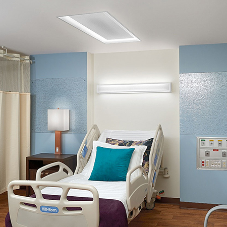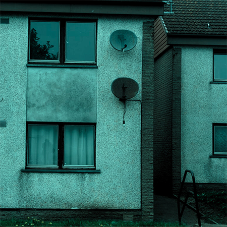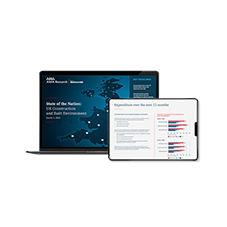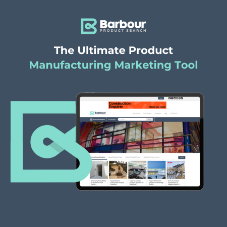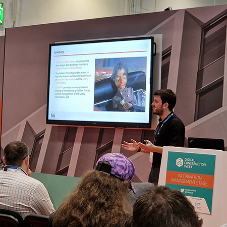Writing a case study is the best way to showcase your company and success to your target audience. Barbour Product Search is The Built Environment Product Platform with an audience made up of specifiers, buyers, architects, and contractors, and we’re here to host your case studies as well as push them towards our audience via newsletters and social media promotion. To get the most out of your subscription with BPS, we’ve created this guide on how to construct the perfect case study.
Why It’s Important
Writing a case study from start to finish takes your target audience across a journey that is relevant to them and their industry. The challenges that you’re presented with are unique and your solution even more so. So why are case studies important?
• Build reliability for your company and products
• Showcase your latest successes and relationships
• How your product performed for a client within your target market
Let’s build your perfect case study.
Project Think: Where, Who, and When?
Where was the project located?
Listing where the project is lets your target audience know where you’re working or where you’re available to work throughout the UK. Making your name known throughout the area in which you work spreads awareness of your company. Well known venues and locations will give your brand more respectability to the reader.
Who did you work with e.g. installers, architects, the customers themselves?
Building relationships in The Built Environment is essential – present those relationships to those throughout the specification chain to build reliability for your company and products!
Mentioning the customer of the project, for example a university, residence, or health centre, creates a connection with your audience. In addition, if the customer is well known or even a household name then that is just one more building block to your brand’s reputability.
When did you begin and when did you finish or are projected to finish?
Project times are objective but placing your time goals at the beginning of your project tells your audience what your work times are like. This is your chance to brag about how your work was efficient or even standard breaking compared to other companies. Likewise, if it is still ongoing, let your audience know the intended finish date so they know when to watch for the completed project.
The Challenge The What
Explain the problem that your client was having and how this was affecting their business, community, or functionality. This is where you explain your understanding as professionals in your field, and go in with a solution based on your products. Remember, your product is there to answer somebody's pain point. Curating a case study is perfect social proof of how you were able to do this.
Dive into:
1. How the benefits of your products helped to solve the problem.
2. If the product was altered or made bespoke specifically for the client.
3. How the product was installed, and what the installation process looked like. This is where you may recall who you worked with in this project if you worked with an installer or contractor.
Let your audience know how you came up with that solution and how it has remedied the client’s problem. This provides not only a conclusion to the project, but also social proof and reliability especially when things are included such as:
• Quotes from both industry professional and clients
• Before and after photos
• Links to the full project, products, and more
• Videos
• Tech Data Sheets
• Catalogues
You know and love your products, but remember: A third party speaking highly of your product reflects real world experience and satisfaction rather than a vested interest coming from your own company. Let your customers sell your brand for you by including important quotes boasting your company and products.
CTA
Finish your case study with a Call to Action, better known as a CTA. Guide your audience to the right website or email to get in touch with your experts. Some great examples are:
Are you ready to start your project with [insert company or product name here]? Get in touch with [company name’s] team here.
Click here to learn more about [company name] and what they can offer.
Your company can have multiple CTA’s to choose from, make sure you choose the one that is the most relevant for the specific project you’re writing about. Don’t miss your opportunity for those coveted click-throughs!
Conclusion
Ready to publish your latest case study to the most engaged audience in The Built Environment? Get in touch with your dedicated Editorial Account Manager today and they’ll help you showcase your success!
Related Blog Articles



crop192.png)
